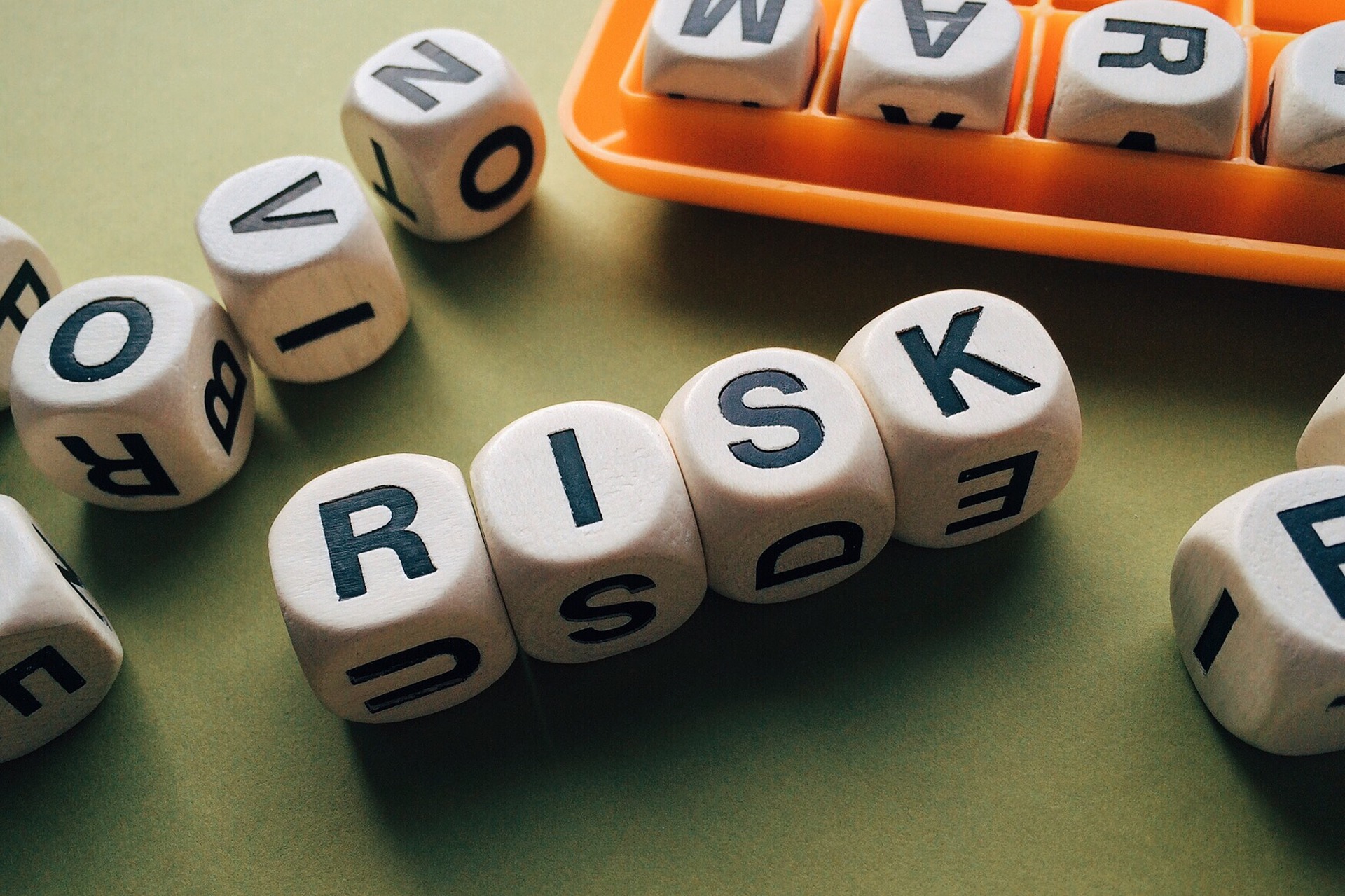Is it worth the risk?
04/07/2017

Recent events, namely the awful Grenfell Tower fire and its aftermath, prompted me to think about risk. A common definition of risk is: “ a situation involving exposure to danger”. We all know that just to be alive is to expose oneself to danger, it can’t be avoided. Naturally we take steps to ensure we limit the level of our exposure. But where do we draw the line?
At one extreme, we could avoid the risk of commuting to work or even the risk of tripping on the pavement outside by staying in bed all day – but that would bring with it all the risks associated with lack of exercise and loneliness. Even laughing holds risks, although few of us would think about that. Laughing, it seems, helps you to burn calories and increases your tolerance to pain. But, occasionally it can cause dislocation of the jaw and the spread of infectious diseases and some very unfortunate people have had the misfortune of inhaling foreign objects.
Then there’s a psychological element to be considered. One person’s “risk” is another person’s adventure.
It made me wonder what all this means for businesses which as we know face many different types of risk from health and safety to finance and reputational risk. It’s impossible for an organisation to be “risk free”, just as it’s impossible for an individual to live a risk- free life. There would be no innovation for a start and a risk-free business would probably be a very boring place to work (just imagine all the rules, regulations and processes!). Rather like people, some businesses are naturally risk averse and in some cases it’s probably right that they should be. I don’t want other people taking too much risk with my life savings, for example. On the other hand if it’s only held “safely” in cash, that very security creates a risk if there is any inflation.
So, perhaps it’s worth reflecting both on our own individual attitude to risk and on our organisation’s. Are we so risk averse that we are prevented from doing useful things? Or perhaps we are sailing too close to the wind and taking too many risks? What is the effect on the culture of our organisation? Are there too many processes, rules and bureaucracy? Or, perhaps we encourage employees to take too many risks in order to get on?
The thing to remember is nothing is risk free. Money we spend mitigating a risk in one area is money we can’t spend doing something in another. Time we spend scrutinising one project is time taken from other things. Not doing something means the development and learning that would have been gained is lost. So the risks of not taking risks too have consequences.
Pippa Bourne
Categories & Tags:
Leave a comment on this post:
You might also like…
Keren Tuv: My Cranfield experience studying Renewable Energy
Hello, my name is Keren, I am from London, UK, and I am studying Renewable Energy MSc. My journey to discovering Cranfield University began when I first decided to return to academia to pursue ...
3D Metal Manufacturing in space: A look into the future
David Rico Sierra, Research Fellow in Additive Manufacturing, was recently involved in an exciting project to manufacture parts using 3D printers in space. Here he reflects on his time working with Airbus in Toulouse… ...
A Legacy of Courage: From India to Britain, Three Generations Find Their Home
My story begins with my grandfather, who plucked up the courage to travel aboard at the age of 22 and start a new life in the UK. I don’t think he would have thought that ...
Cranfield to JLR: mastering mechatronics for a dream career
My name is Jerin Tom, and in 2023 I graduated from Cranfield with an MSc in Automotive Mechatronics. Originally from India, I've always been fascinated by the world of automobiles. Why Cranfield and the ...
Bringing the vision of advanced air mobility closer to reality
Experts at Cranfield University led by Professor Antonios Tsourdos, Head of the Autonomous and Cyber-Physical Systems Centre, are part of the Air Mobility Ecosystem Consortium (AMEC), which aims to demonstrate the commercial and operational ...
Using grey literature in your research: A short guide
As you research and write your thesis, you might come across, or be looking for, ‘grey literature’. This is quite simply material that is either unpublished, or published but not in a commercial form. Types ...







Pippa, Some good questions???? I have always seen good risk management as the flip-side of the coin to good (business) process management. In that context it is much easier to do the usual risk management “gamble” – identify risk, categorise risk, how much do we spend on mitigating risk, and where stuff outside our control (if it’s inside our control, then it’s the business process at fault) happens, what’s the contingency plan – and then striking a balance between the mitigation cost and contingency cost.
It’s unfortunate that the Borough of Kensington & Chelsea’s Procure to Pay (P2P) Process was seriously flawed in the decision to purchase non-fire-resistant cladding for such a structure and worse, did not have any contingency plan in case of fire. The real shame is that the owners of the process and decisions they took gambled with the lives of Grenfell Tower’s residents, while the risk the process owners had was to their livelihood (i.e. reputational, and financial). Not quite balanced in my book!